You know that warm, fuzzy feeling when your dog chooses to snuggle up next to you on the couch? Or when they prick up their ears the moment they hear your key in the door? That special bond between you and your furry companion is one of life’s greatest joys. Yet sometimes, that devotion can cross a line from endearing loyalty into something more concerning.
Nearly twenty percent of dogs experience separation-related behavior problems, and the line between a loving companion and an overly attached pup can be surprisingly thin. While your dog’s desire to be close to you stems from thousands of years of evolution and pack mentality, excessive attachment can signal underlying anxiety or behavioral issues that deserve your attention. Understanding the difference between healthy affection and problematic clinginess isn’t just about your sanity during those bathroom breaks – it’s about your dog’s emotional wellbeing too.
The Shadow That Never Leaves Your Side
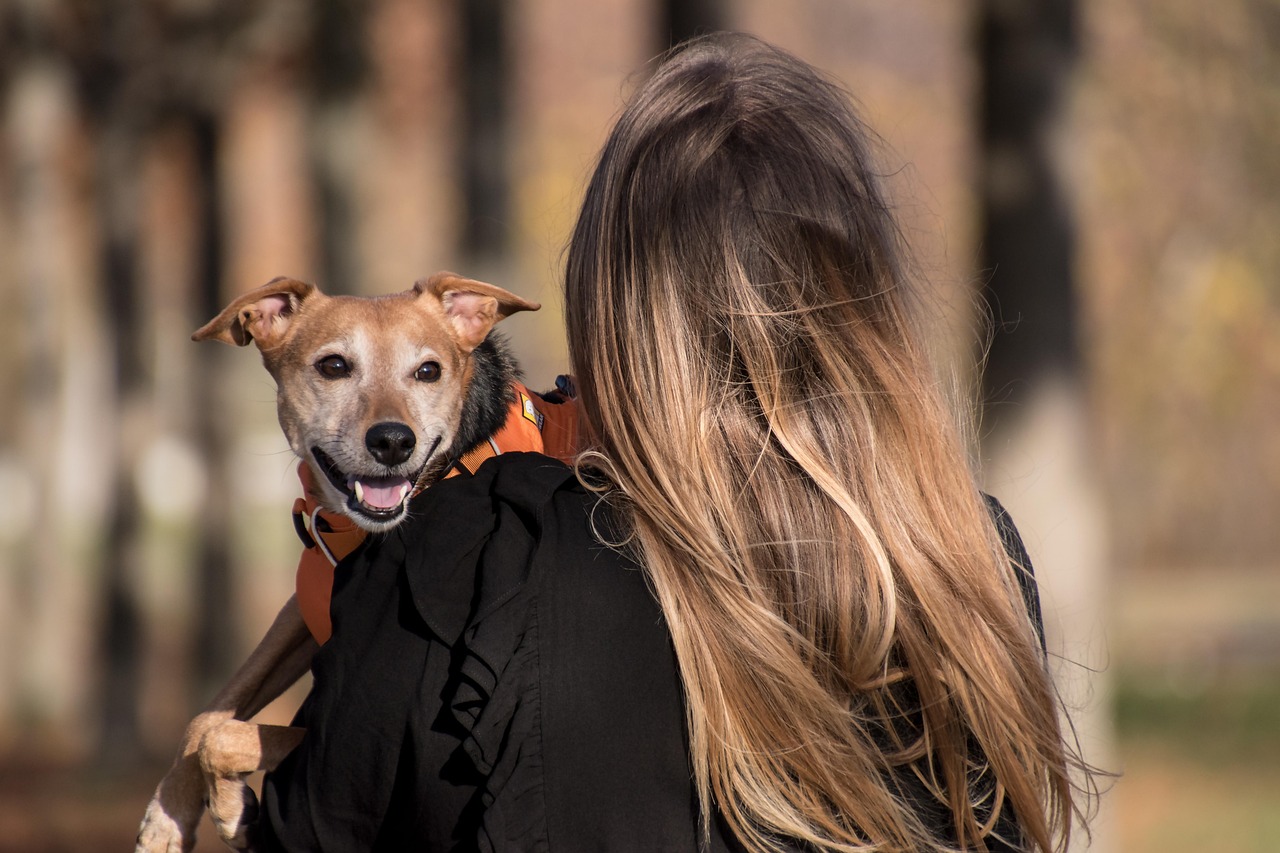
Dogs that follow their owners from room to room, watch their every move, and can’t seem to settle unless they’re touching you are often called “velcro dogs” because of their desire to be attached to your side. Picture this: you get up to grab a glass of water from the kitchen, and there’s your faithful companion, padding along behind you. You head to the bathroom, and they’re waiting outside the door.
This behavior goes beyond simple companionship. Velcro dogs demonstrate a greater-than-normal tendency to follow their owners from place to place, often positioning themselves so they can maintain visual contact with you at all times. You might notice your dog strategically choosing spots where they can keep an eye on your movements, almost like a furry security detail.
The telltale sign is that they never stop following you around and are constantly beside you, always having an eye on you and even anticipating when you may get up and move. Some dogs become so attuned to their owner’s patterns that they’ll start moving before you even stand up, reading your body language like a book.
When Departure Preparations Trigger Panic Mode

Dogs might start to pace, pant and whine when they notice their guardian applying makeup, putting on shoes and a coat, and then picking up a bag or car keys. These pre-departure rituals become loaded triggers that can send an overly attached dog into a state of distress long before you actually walk out the door.
Watch for subtle changes in your dog’s behavior as you go through your morning routine. Dogs with separation-related problems often show signs of excessive attachment and begin to whine, pace, pant, or freeze as their owner’s departure becomes imminent. Your dog might shadow you more intensely during these times, almost as if they’re trying to prevent the inevitable.
Some dogs develop such sensitivity to departure cues that even casual actions like picking up your wallet or checking your phone can trigger anxiety responses. This heightened awareness suggests your dog has learned to associate these mundane activities with being left alone, creating a cycle of anticipatory stress that can be emotionally exhausting for both of you.
The Art of Extreme Greetings and Goodbyes
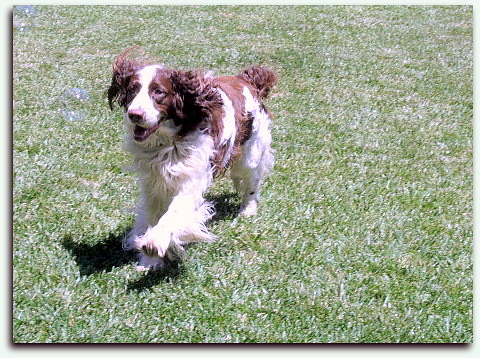
Dogs with separation-related problems tend to engage in excessive excitement when the owner returns. While it’s natural for your dog to be happy when you come home, overly attached dogs take reunion celebrations to another level entirely. Think jumping, spinning, whining, and sometimes even loss of bladder control from sheer excitement.
These over-the-top greetings aren’t just enthusiasm – they’re often relief responses from a dog who may have been genuinely distressed during your absence. Dogs with separation anxiety are often quite excited and aroused when the owner returns, suggesting that your homecoming represents the end of a stressful period for them.
The intensity of these greetings can actually reinforce the problematic attachment cycle. When we respond to dramatic homecomings with equal enthusiasm, we inadvertently communicate that our departures and returns are indeed significant events worth getting worked up about, potentially strengthening your dog’s belief that being separated is something to worry about.
Physical Contact as a Security Blanket
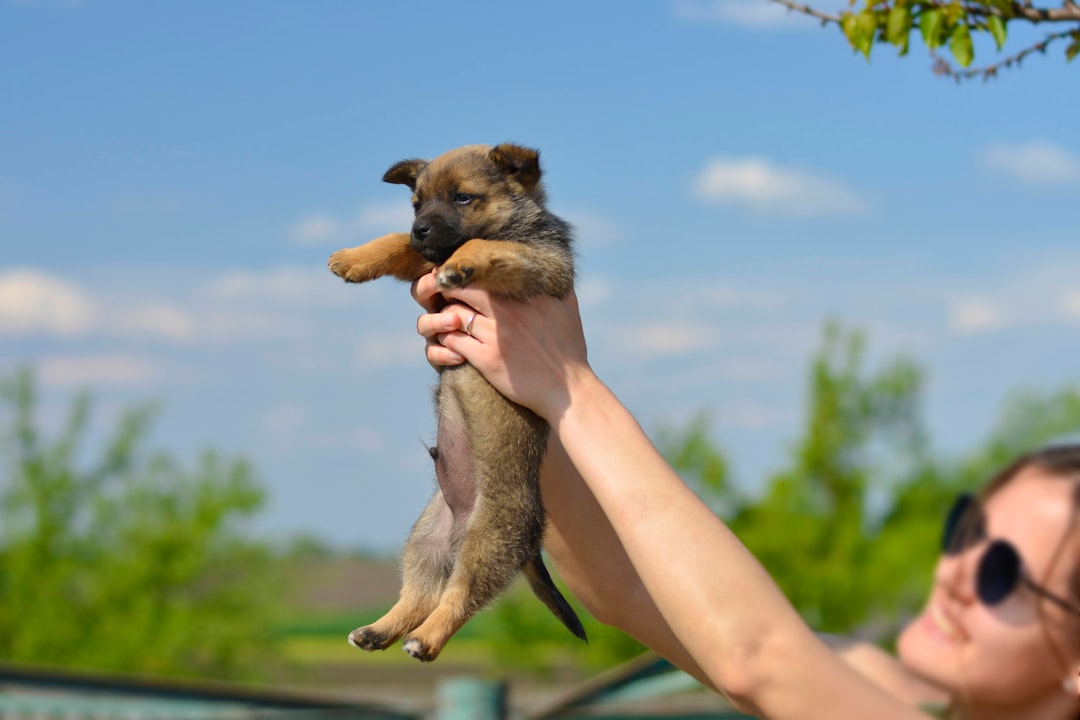
Overly attached dogs often crave constant physical contact in ways that go beyond normal affection. Many but not all of these dogs crave a great deal of physical contact and attention from their owners. You might notice your dog always positioning themselves so they’re touching you – leaning against your legs while you cook, resting a paw on your foot while you work, or insisting on sleeping pressed against you.
Aged dogs sought more physical contact with their owners than adult dogs, and showed a significant increase in salivary cortisol concentrations after they were separated from their owner. This need for physical proximity can become so intense that your dog seems unable to relax unless they’re in direct contact with you, treating your body like their personal anxiety management system.
This constant need for touch can escalate during times of stress or change. You might find that your normally independent dog suddenly becomes a furry barnacle during thunderstorms, when visitors arrive, or when household routines shift, using physical contact as their primary coping mechanism.
When Age and Health Changes Intensify Attachment
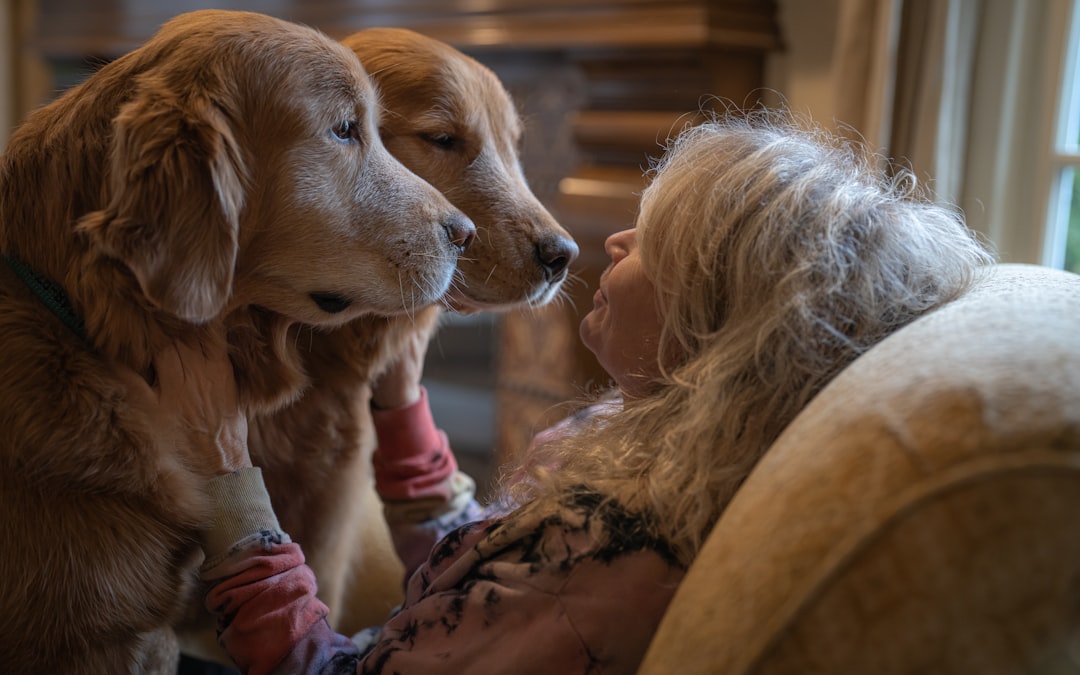
An older dog may be losing their sight or hearing, and as a result, they may become more fearful of the environment and dependent on having you near. Senior dogs experiencing cognitive decline or sensory loss often develop stronger attachment behaviors as their confidence in navigating the world independently diminishes.
Older dogs can become more clingy due to decreased hormone levels, increased anxiety, or cognitive decline. What might appear as increased devotion could actually be your aging dog’s way of coping with confusion or discomfort. A dog that suddenly becomes very clingy may be suffering from a physical ailment and keeping you in reach for comfort.
Health issues can manifest as behavioral changes before physical symptoms become obvious. If your previously independent dog suddenly develops velcro-like tendencies, especially if they’re middle-aged or older, it’s worth scheduling a veterinary checkup to rule out underlying medical conditions that might be driving this behavioral change.
The Invisible Leash of Constant Vigilance
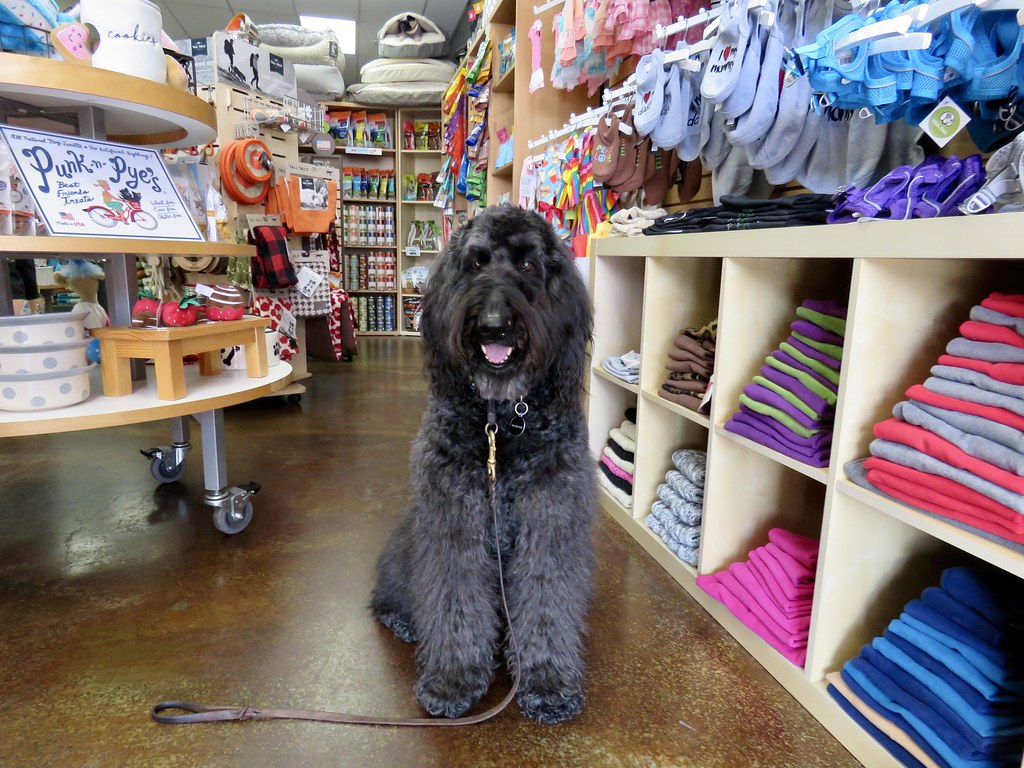
Overly attached dogs often display a hyper-awareness of their owner’s location and activities that goes far beyond normal attentiveness. Your dog is never more than a few inches from your side, often touching you, following from room to room, standing up when you stand up, always underfoot, constantly looking to you for direction.
This vigilant monitoring can be exhausting for both you and your dog. They may seem unable to truly relax or engage in independent activities because they’re always on alert for your next move. These dogs follow their owners from room to room, demand constant attention, and may show signs of distress when separated – even momentarily.
You might notice your dog has difficulty enjoying activities they used to love independently – chewing bones, playing with toys, or even eating – because they’re too focused on tracking your movements. This constant state of alertness can be mentally and emotionally draining for your dog, preventing them from experiencing the deep, restorative rest that all dogs need.
Destructive Behaviors and Stress Responses When Alone
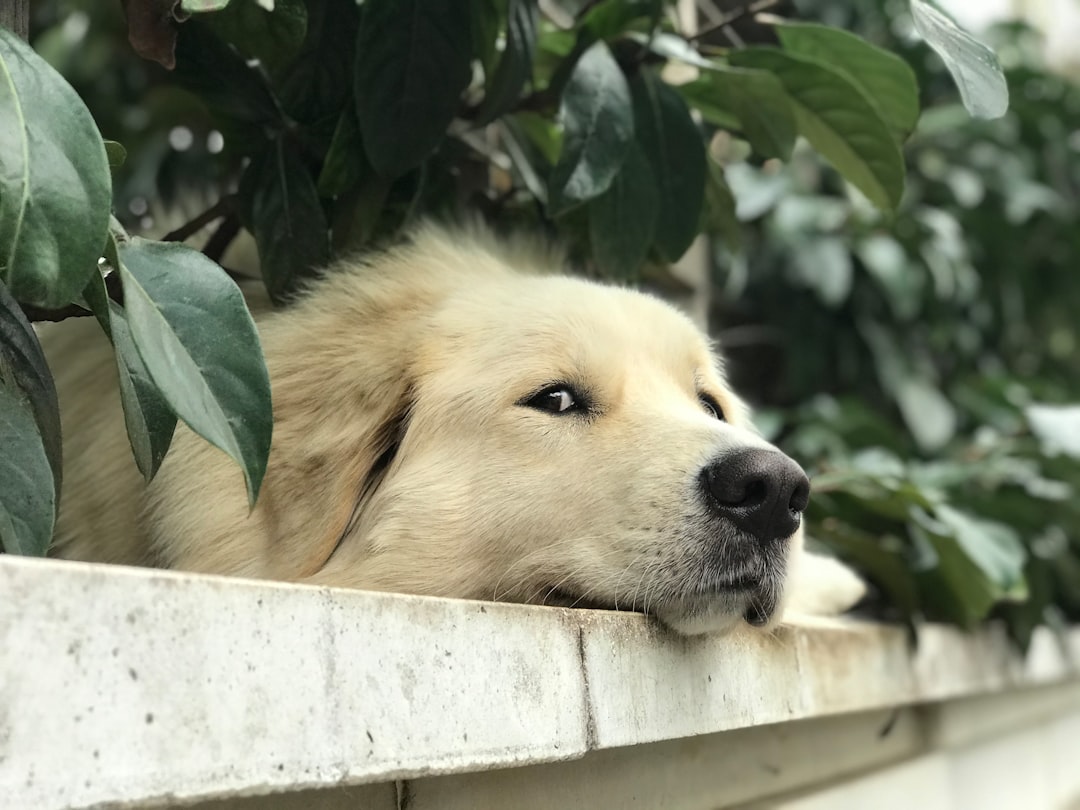
While velcro behavior focuses on what happens when you’re home, truly problematic attachment often reveals itself through what happens when you’re away. Dogs might urinate, defecate, bark, howl, chew, dig or try to escape, and although these problems often indicate that a dog needs to be taught polite house manners, they can also be symptoms of distress.
During departures or separations, in addition to vocalization, destruction and elimination, they may be restless, shake, shiver, salivate, refuse to eat, or become quiet and withdrawn. These aren’t acts of spite or poor training – they’re genuine panic responses from a dog who cannot cope with being separated from their primary attachment figure.
The destruction often targets items that smell most like you or areas associated with your departure, such as door frames, windowsills, or your personal belongings. This isn’t random misbehavior but rather desperate attempts to either escape to find you or to comfort themselves with your scent during times of overwhelming anxiety.
Breaking the Velcro: Building Healthy Independence

Helping an overly attached dog develop independence requires patience and gradual confidence-building rather than sudden changes. Training should focus on extended and relaxed down stays and going to a bed or mat on command, and if your dog seeks attention, you should either ignore your dog entirely until he settles, or have him do a down-stay or go to his mat.
Start small by creating positive associations with brief separations within your home. Teach him to go to his place on command and stay while you go about your daily routine, starting with short stays so as not to create anxiety. The goal is to help your dog learn that being apart from you, even briefly, is normal and safe.
Teaching your dog to spend time alone can help prevent them from becoming overly attached to you, and when you bring home a new puppy, socialize them and teach them how to spend time by themselves, starting early and using positive reinforcement to reward behaviors you want to continue. Remember, building independence is ultimately an act of love that helps your dog develop the confidence to be emotionally secure whether you’re home or away.
The journey from velcro dog to confident companion isn’t about reducing the love between you and your furry friend – it’s about helping them develop the emotional tools they need to feel secure in their own skin. A truly well-adjusted dog is one who adores your company but doesn’t fall apart without it. By recognizing these signs early and taking gentle steps toward building independence, you’re giving your dog one of the greatest gifts possible: the confidence to be happy both with you and without you. What do you think about it? Tell us in the comments.

Gargi from India has a Masters in History, and a Bachelor of Education. An animal lover, she is keen on crafting stories and creating content while pursuing a career in education.






